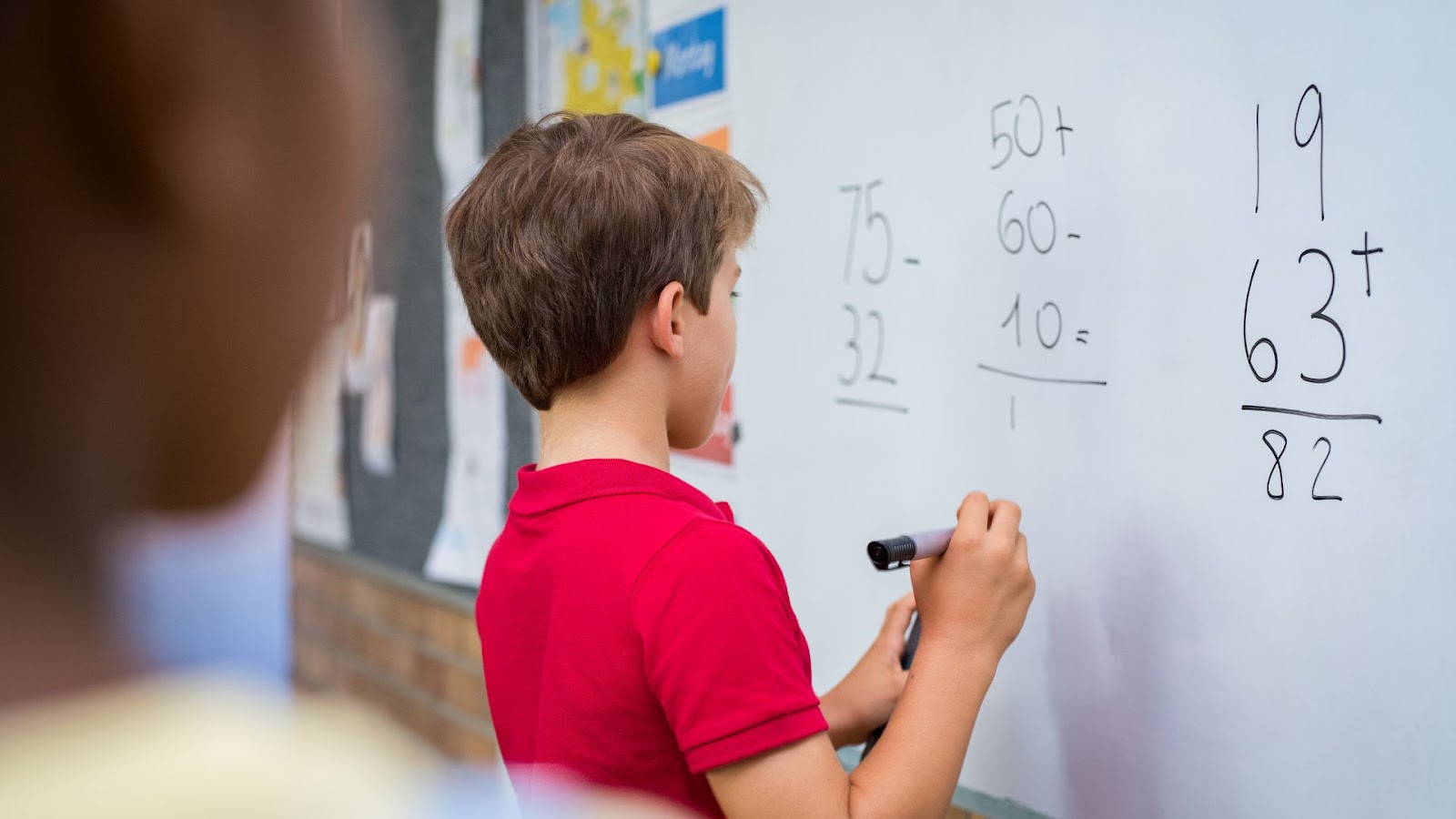
Is your child struggling with numbers like they're trying to read hieroglyphics? You're not alone.
Approximately 5-7% of students have dyscalculia, a maths learning disability that's as common as dyslexia but far less recognised. Yet, it's often misunderstood or overlooked.
But here's the good news: identifying dyscalculia is the first step toward helping your child navigate the world of numbers with confidence. So, how do you gear up for the testing process without turning it into a daunting ordeal?
Let's dive into some savvy strategies to make this journey smoother for both you and your child.
Understanding Dyscalculia
Before jumping into preparations, it's essential to grasp what dyscalculia truly is.
It's a specific learning difficulty that affects a person's ability to understand numbers and learn maths facts. It’s a neurological condition that requires specialised support.
Knowing this can help you approach the situation with empathy and equip you with the right tools to assist your child effectively.
Spotting the Silent Signals
First off, it's crucial to recognise the subtle signs that your child might be grappling with more than just tough homework.
Do they find it hard to grasp basic number concepts while excelling in other subjects? Maybe counting backward feels like an impossible task, or they avoid games that involve numbers altogether.
Trust your instincts. If something feels off, it probably is. Early detection is key, and acknowledging the issue is half the battle won.
Why Early Detection Matters
Early testing can be a game-changer.
“The sooner dyscalculia is identified, the quicker you can implement strategies to help your child,” note experts at Psychological Assessment Solutions. Don't wait for the problem to snowball into a mountain that's harder to climb.
Remember, it's not about labelling your child. It's about unlocking their potential. Early intervention can turn maths from a nightmare into a manageable challenge.
Preparing Your Child Mentally
Before the testing day arrives, have an open-hearted chat with your little one.
Explain that everyone learns differently, and this is just a way to find the best path for them. Keep the conversation light but honest.
Assure them that this isn't a test they need to study for—there are no right or wrong answers. It's all about understanding how their unique mind works.
Practical Tips for Making the Process Easier
-
Visit the Testing Center in Advance: Familiar surroundings can ease anxiety.
-
Introduce the Evaluator: A friendly face goes a long way in calming nerves.
-
Role-Play the Experience: Practise a mock test at home to demystify the process.
-
Pack a Comfort Item: A favourite toy or snack can provide emotional support.
-
Plan a Reward Afterwards: Having something fun to look forward to can motivate your child.
What to Expect
Demystify the testing process.
Let your child know what will happen, who they'll meet, and how long it will take. The unknown can be scary, but a little knowledge goes a long way in easing anxiety.
Equip them with comforting items—a favourite toy or a fun snack afterward can make the day feel special rather than stressful. It's all about turning a potentially tense situation into a positive experience.
After the Assessment
Once the testing is done, it's time to focus on the road ahead.
Review the results with professionals and discuss actionable steps. This isn't the end. It's the beginning of a tailored learning journey.
Keep the dialogue open with your child. Celebrate their strengths and remind them that everyone faces challenges.
Your support is their anchor.
The Road to Confidence
Through proactively preparing for testing, you're empowering your child to tackle obstacles head-on.
So take a deep breath. With the right tools and mindset, you're teaching them to believe in themselves. And that's a lesson that counts.